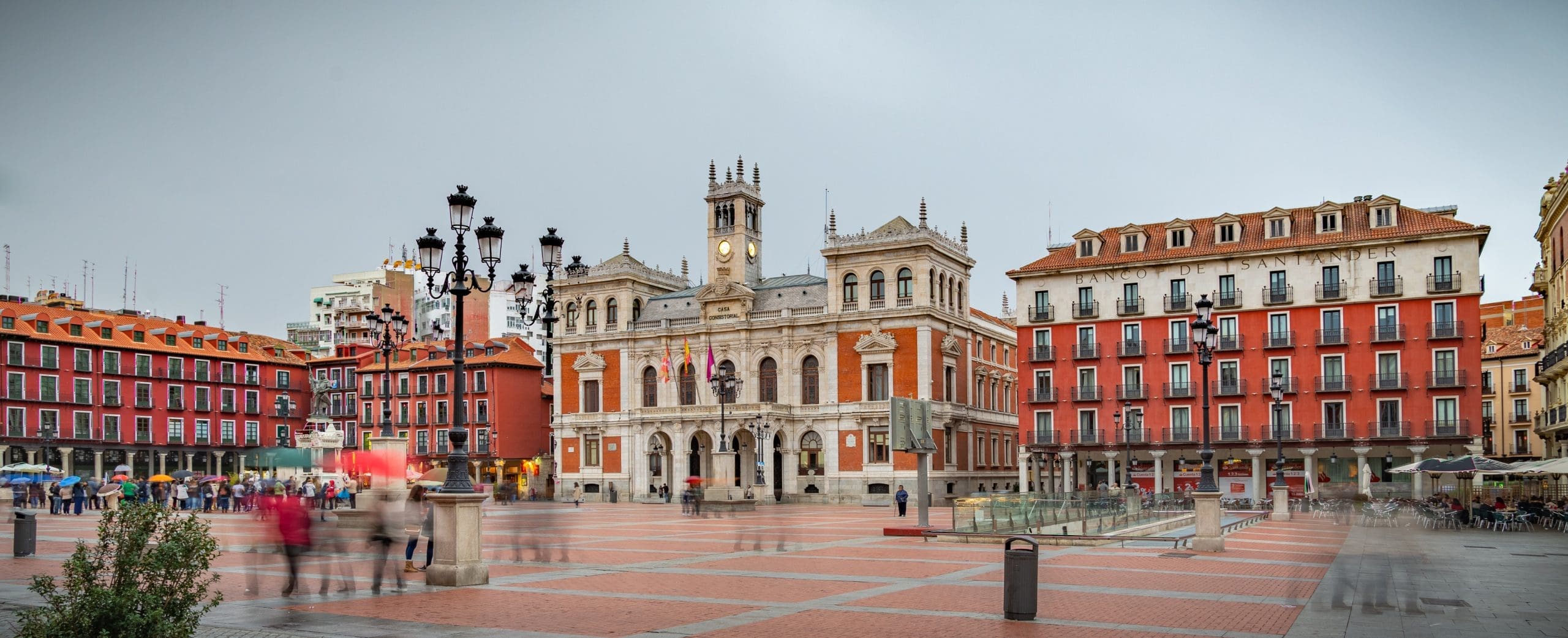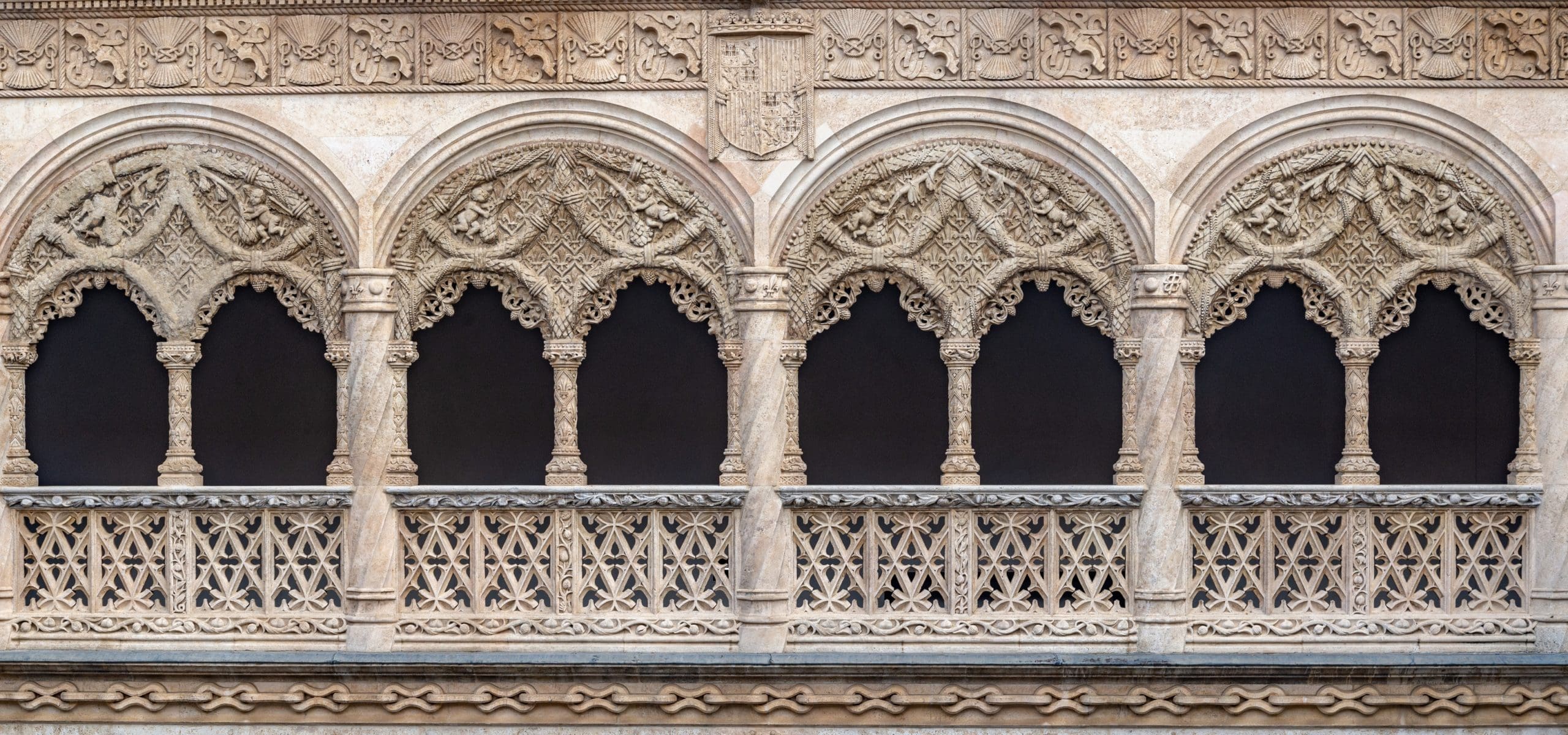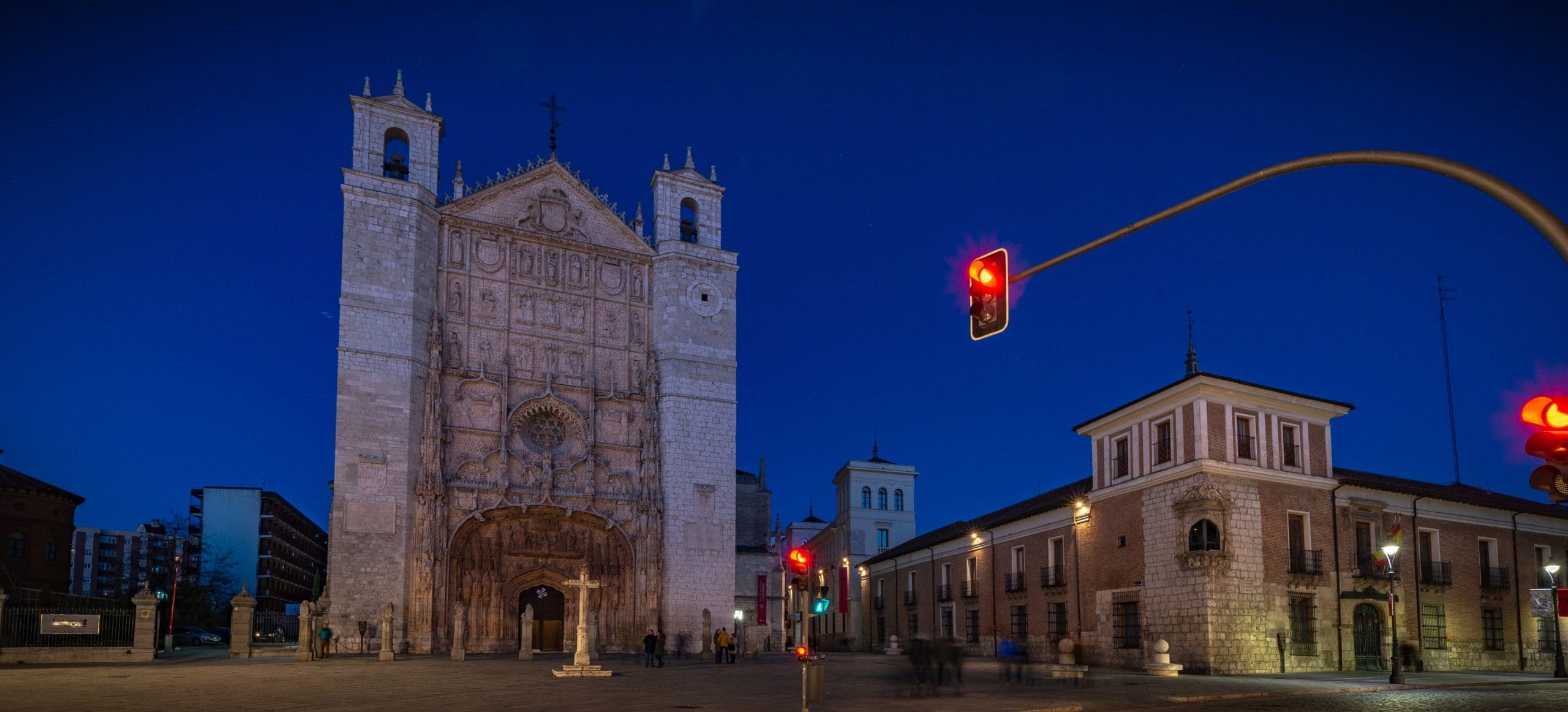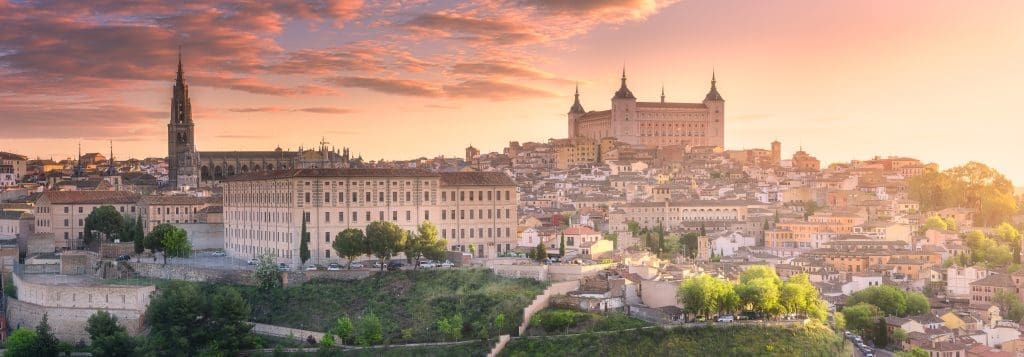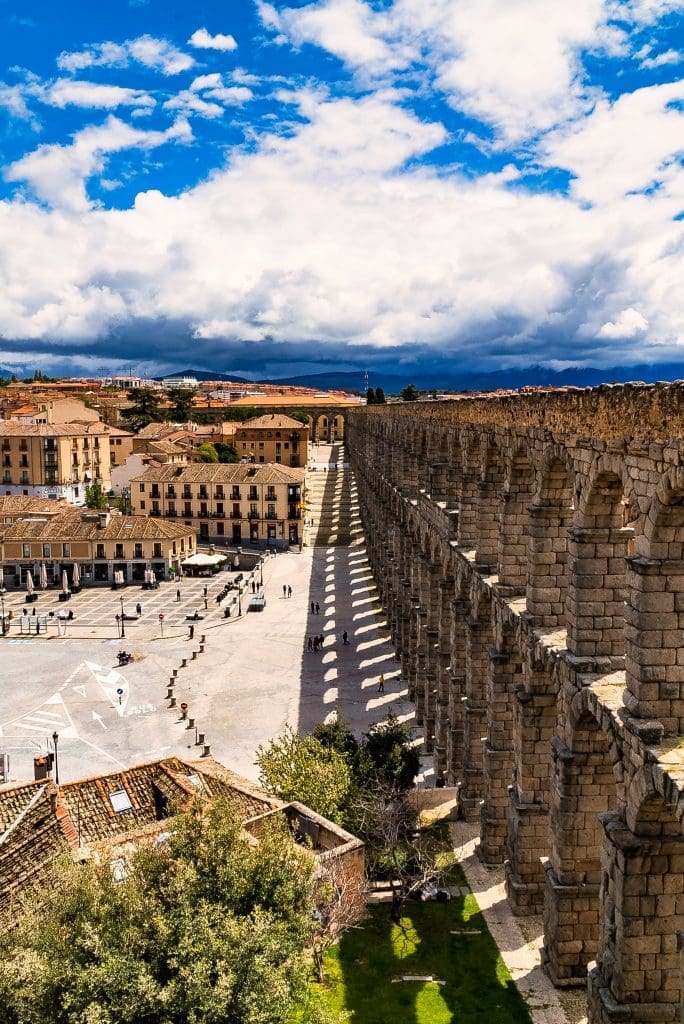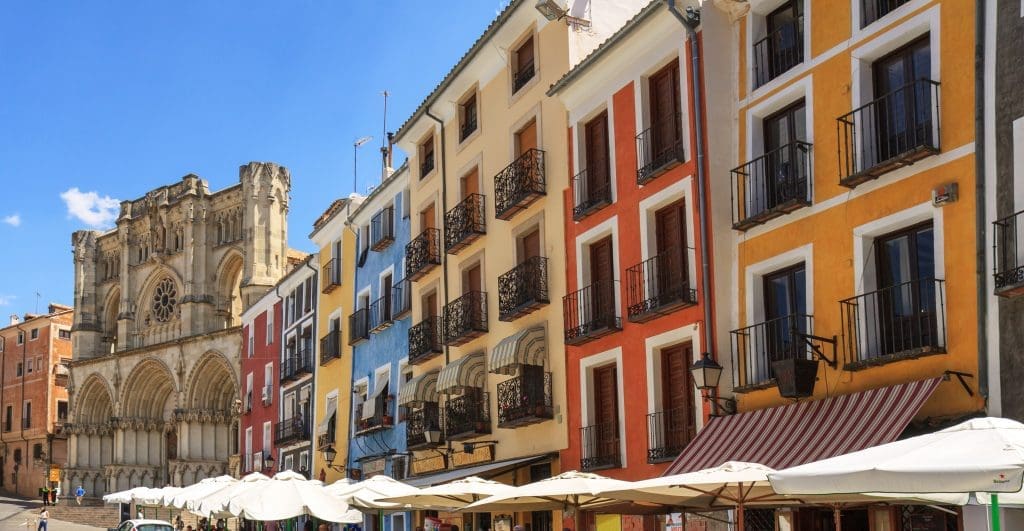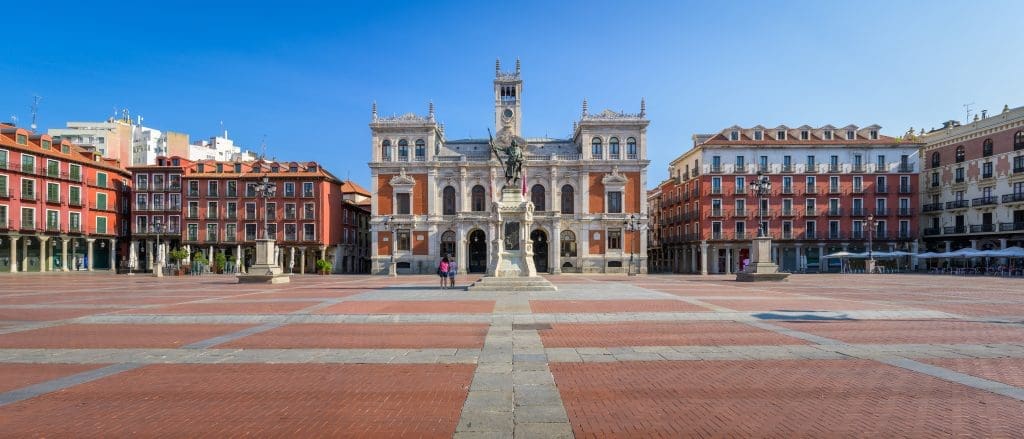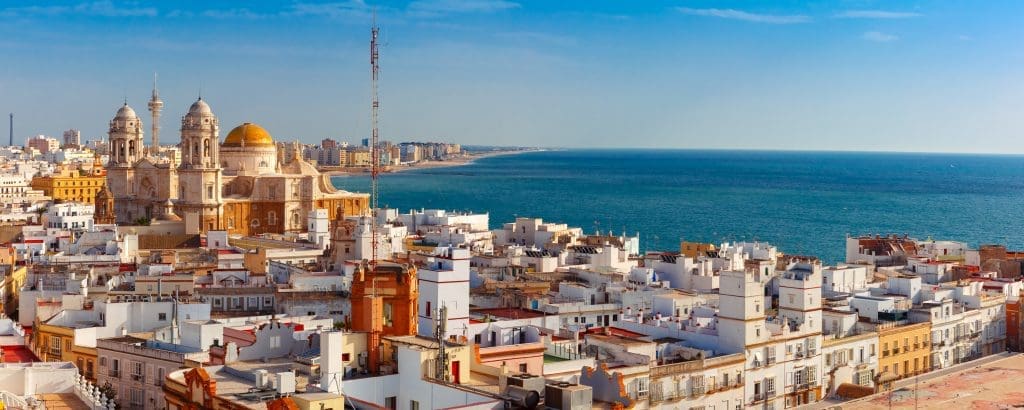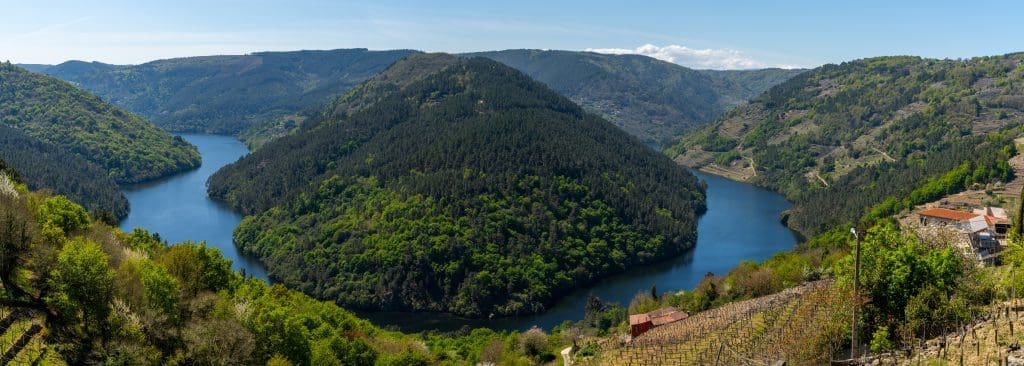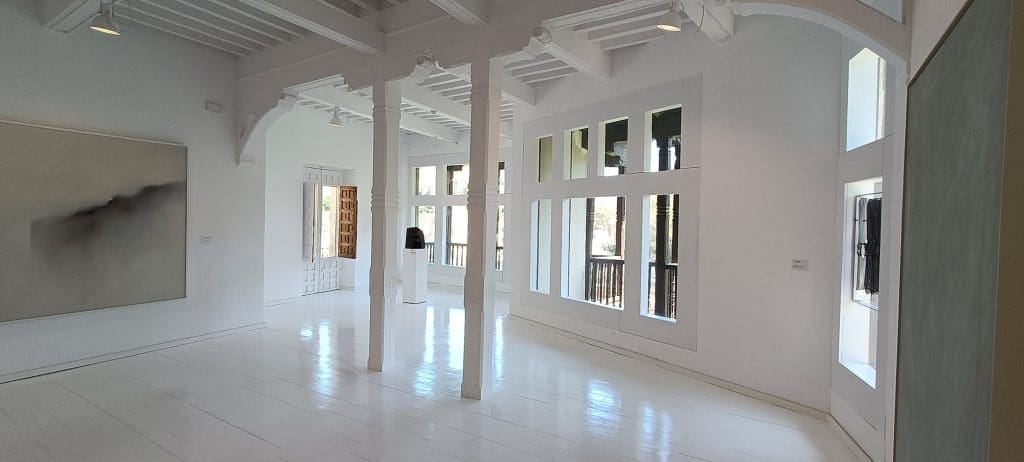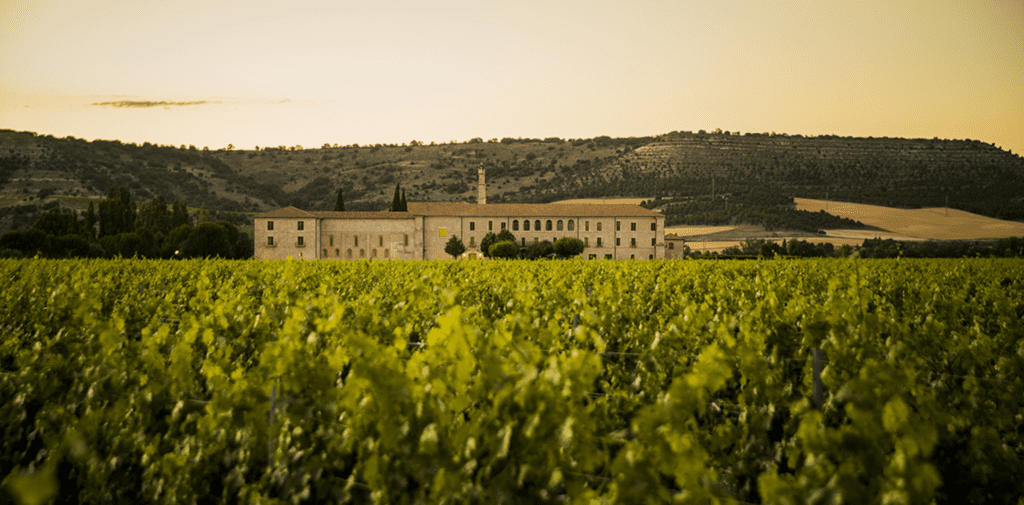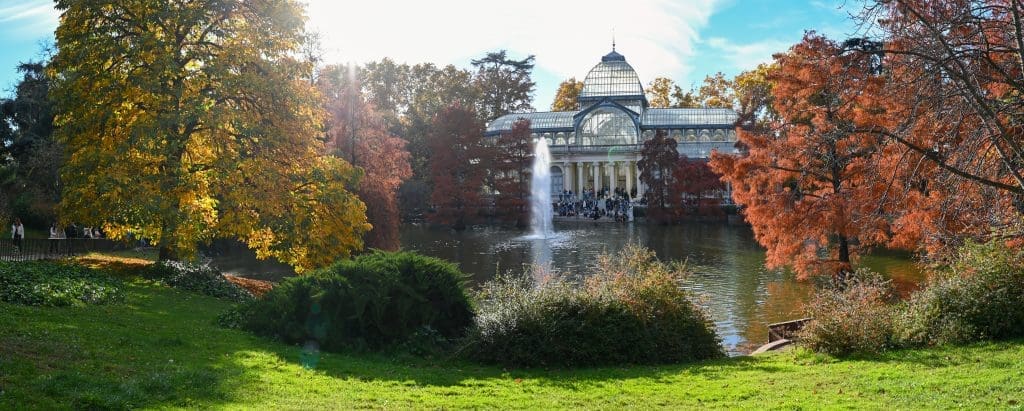Valladolid, the soul of Castile
A surprising city with rich cultural and enogastronomic heritage
A surprising city with rich cultural and enogastronomic heritage
Valladolid is a Castilian city with a soul steeped in history
Valladolid is a Castilian city with a soul steeped in history. Former seat of the Spanish court and the scene of great historical moments, its streets preserve the marks of kings, writers, and events that shaped the country’s destiny. Figures such as Miguel de Cervantes, Christopher Columbus, and Felipe II lived here, and its historic quarter is dotted with churches, palaces, and corners that tell the story centuries of heritage.
Culturally, Valladolid is a benchmark. It is home of museums such as the National Sculpture Museum, the Contemporary Art Museum, and the Casa de Cervantes (House of Cervantes), and every year it welcomes prestigious events such as the International Film Festival (SEMINCI). Additionally, its Holy Week, declared to be of International Tourist Interest, is one of Spain’s most important religious and artistic events, where Castilian religious imagery parades in an atmosphere of overwhelming solemnity.
Valladolid’s gastronomy is another of its great treasures. From roast suckling lamb to gourmet pinchos, the city offers quality cuisine based on local products and culinary innovation. Its prominence in the gastronomic scene is reinforced each year by the International Pinchos and Tapas Competition, which turns Valladolid into the world capital of small bites.
And Valladolid’s wines cannot be overlooked. Surrounded by some of Spain’s most prestigious designations of origin, such as Ribera del Duero, Rueda, and Cigales, it is the perfect starting point for wine tourism. Historic wineries, tastings, vineyards, and wine festivals make this land a paradise for those seeking to combine culture and flavour.
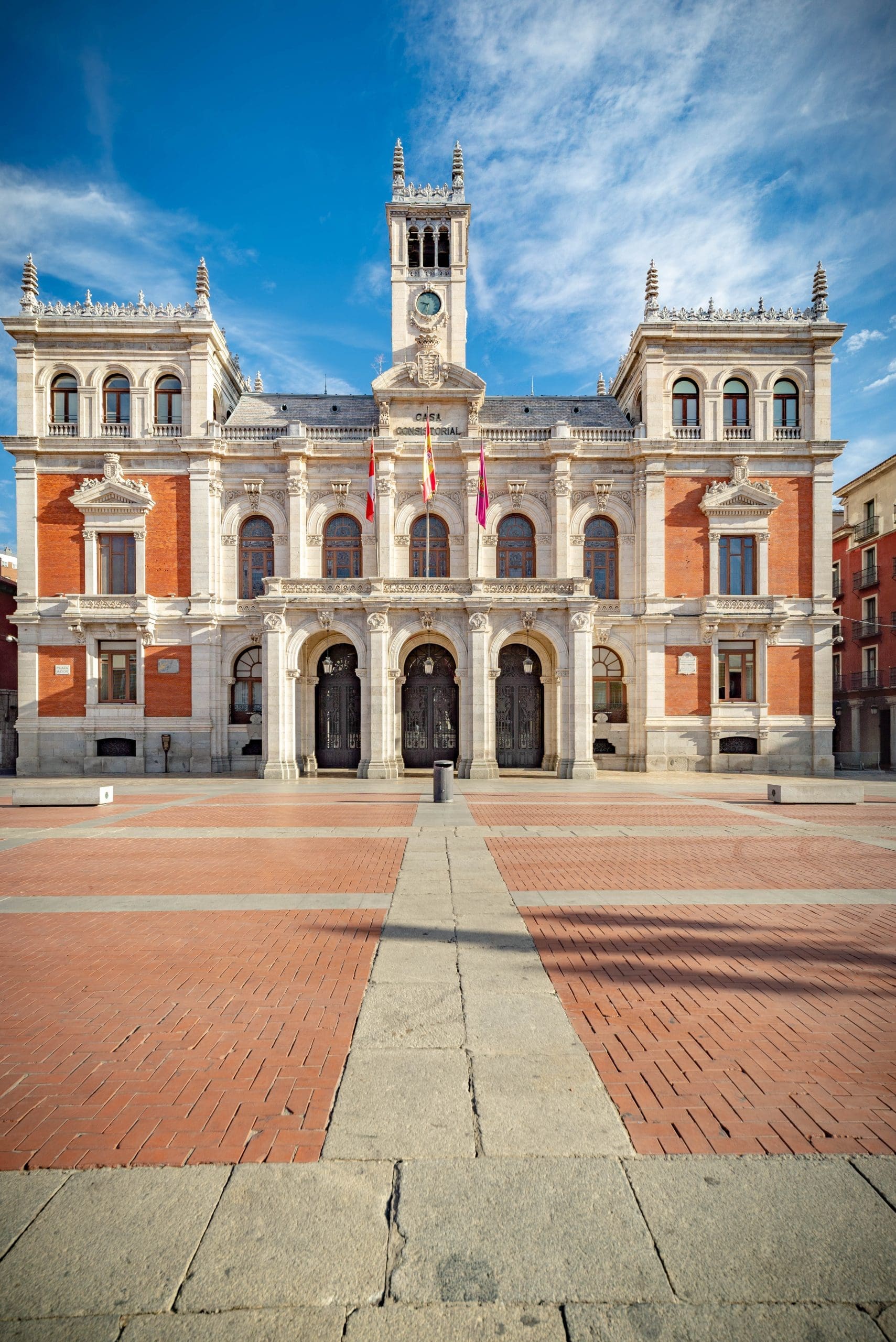

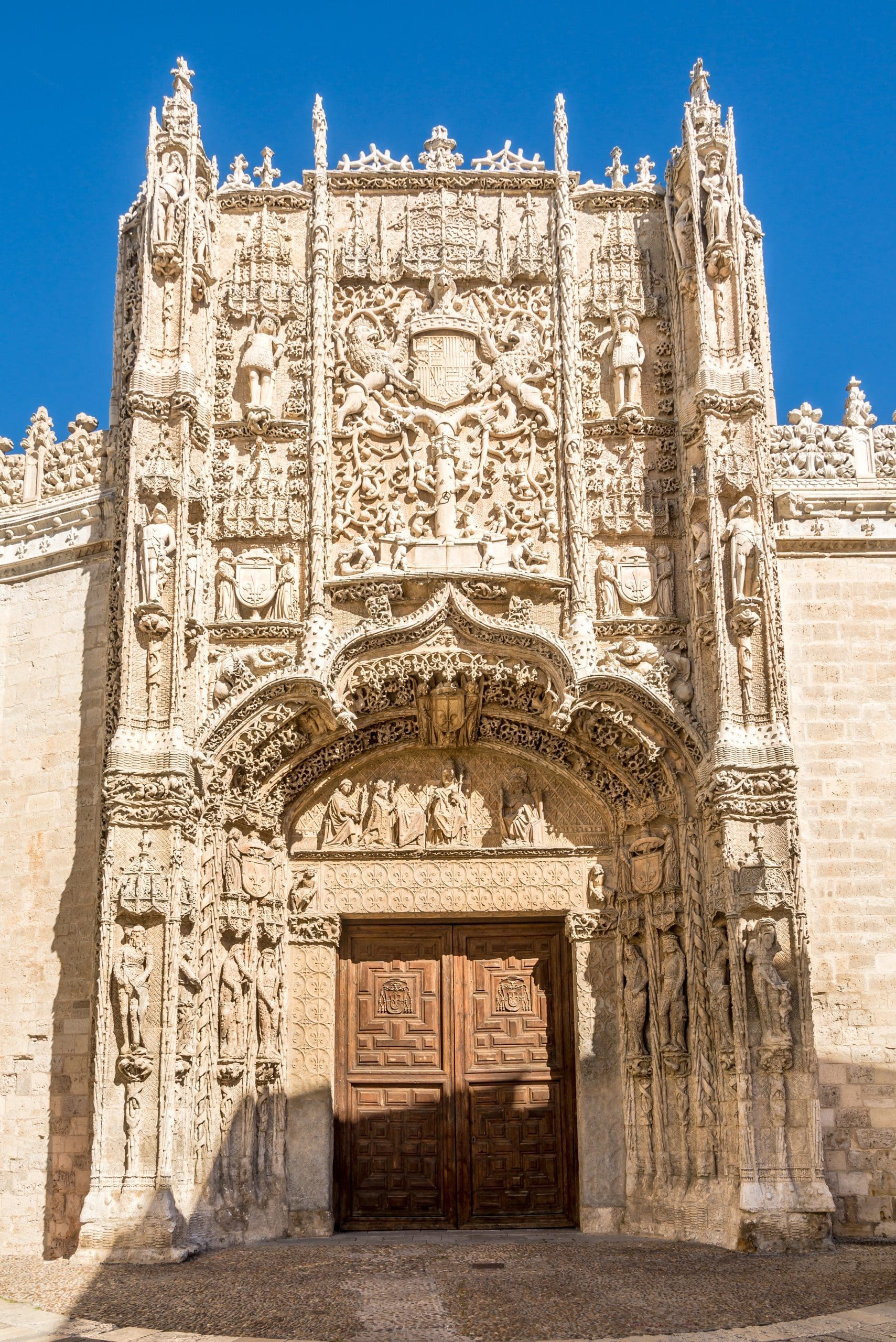
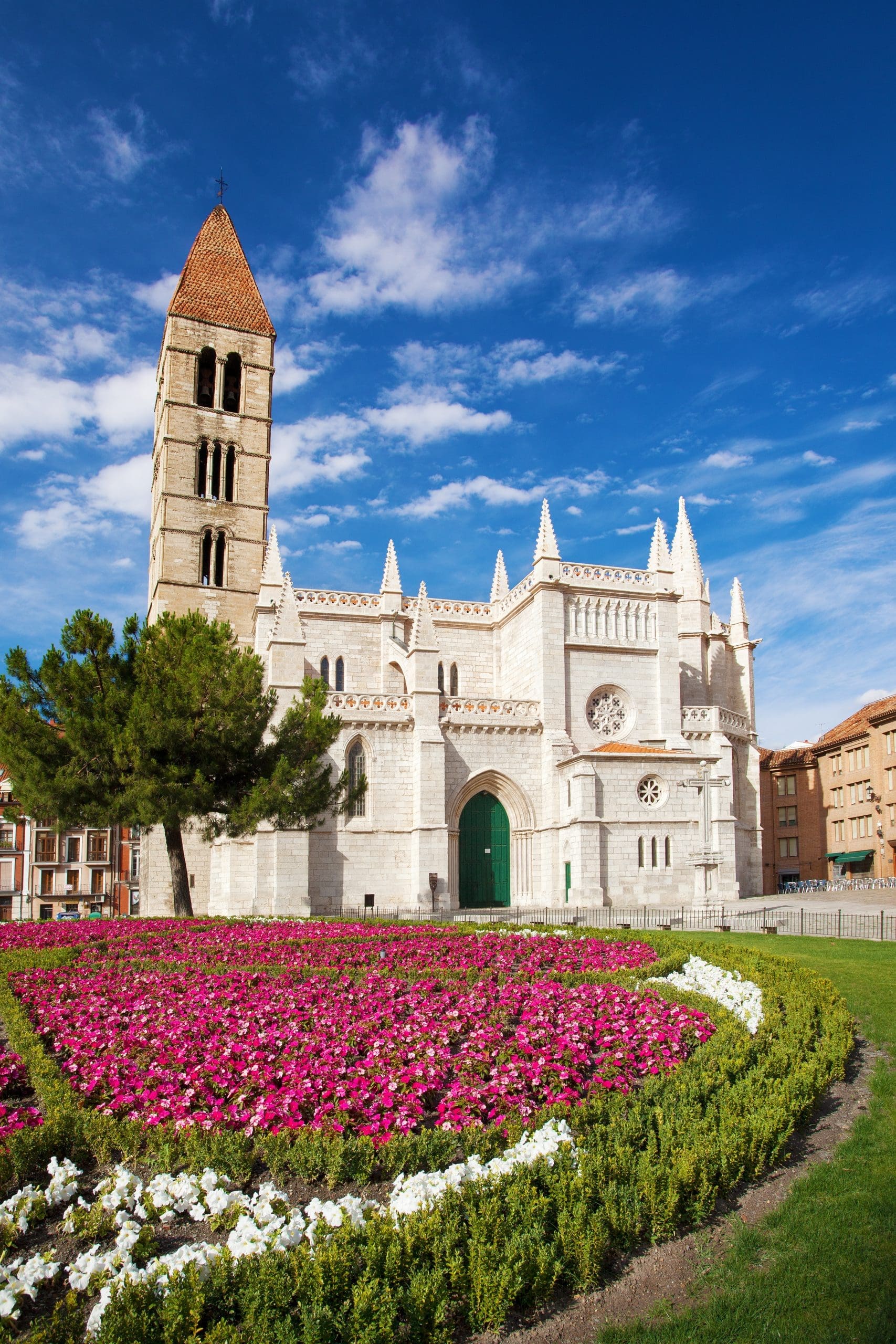

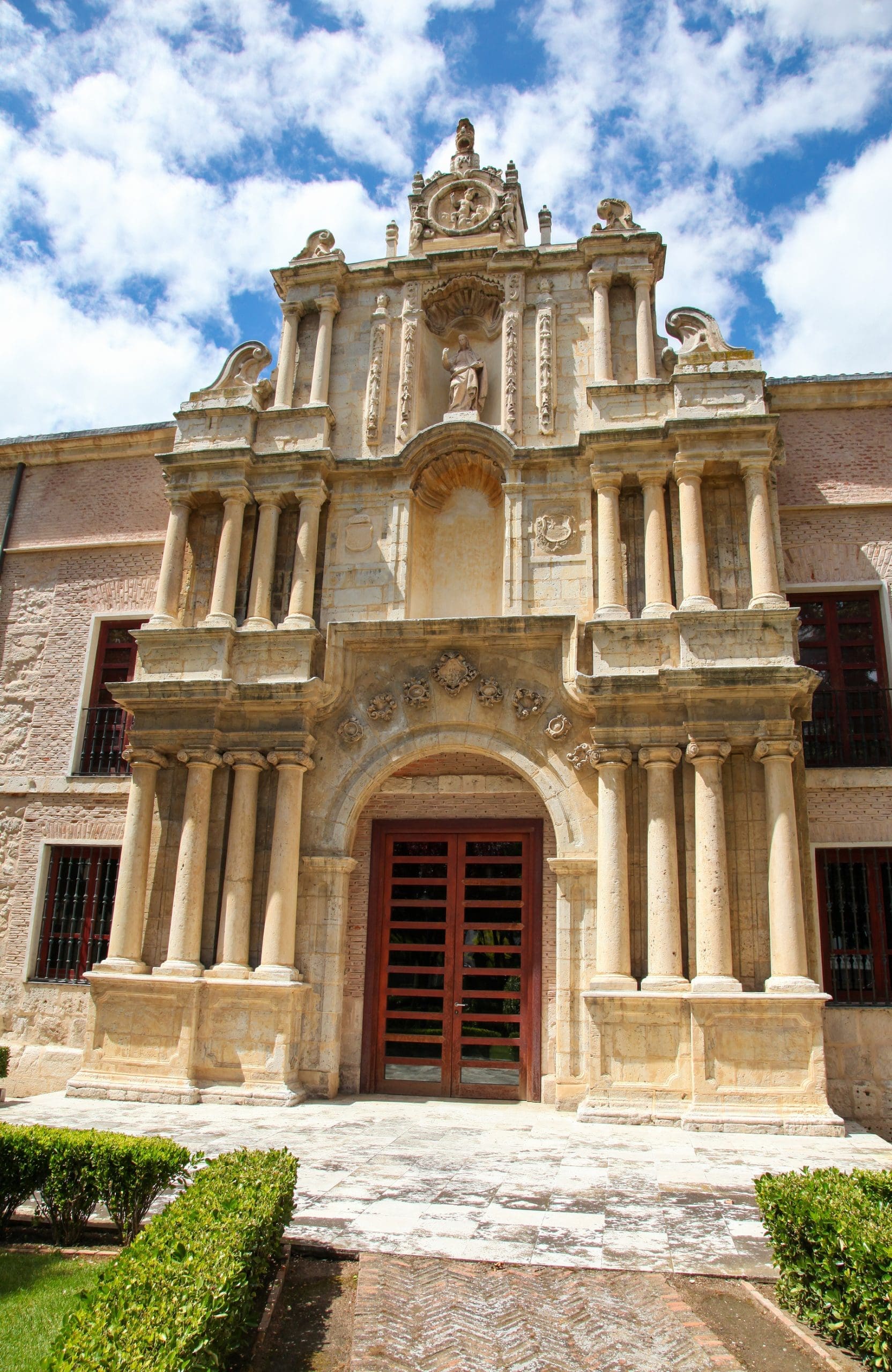
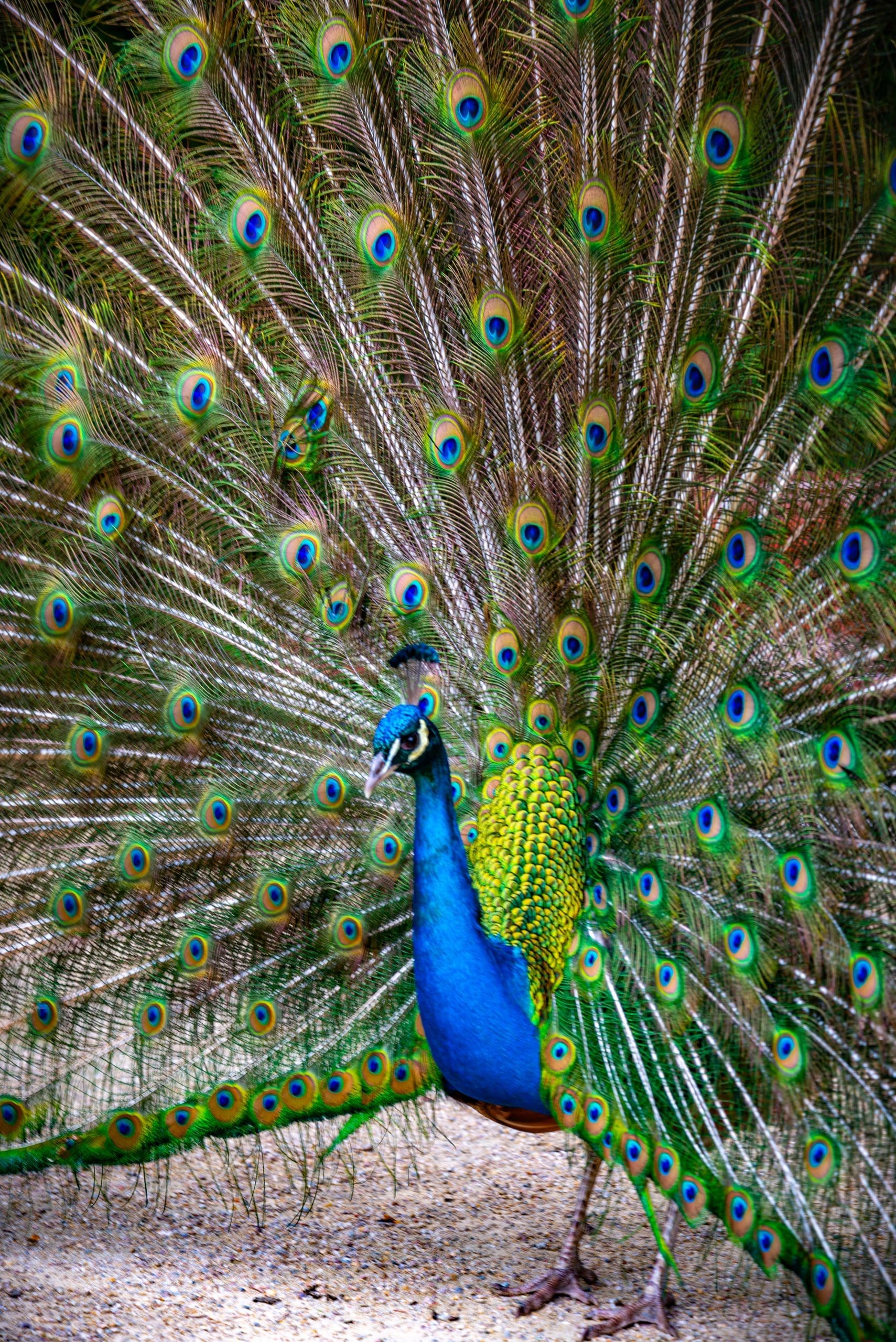
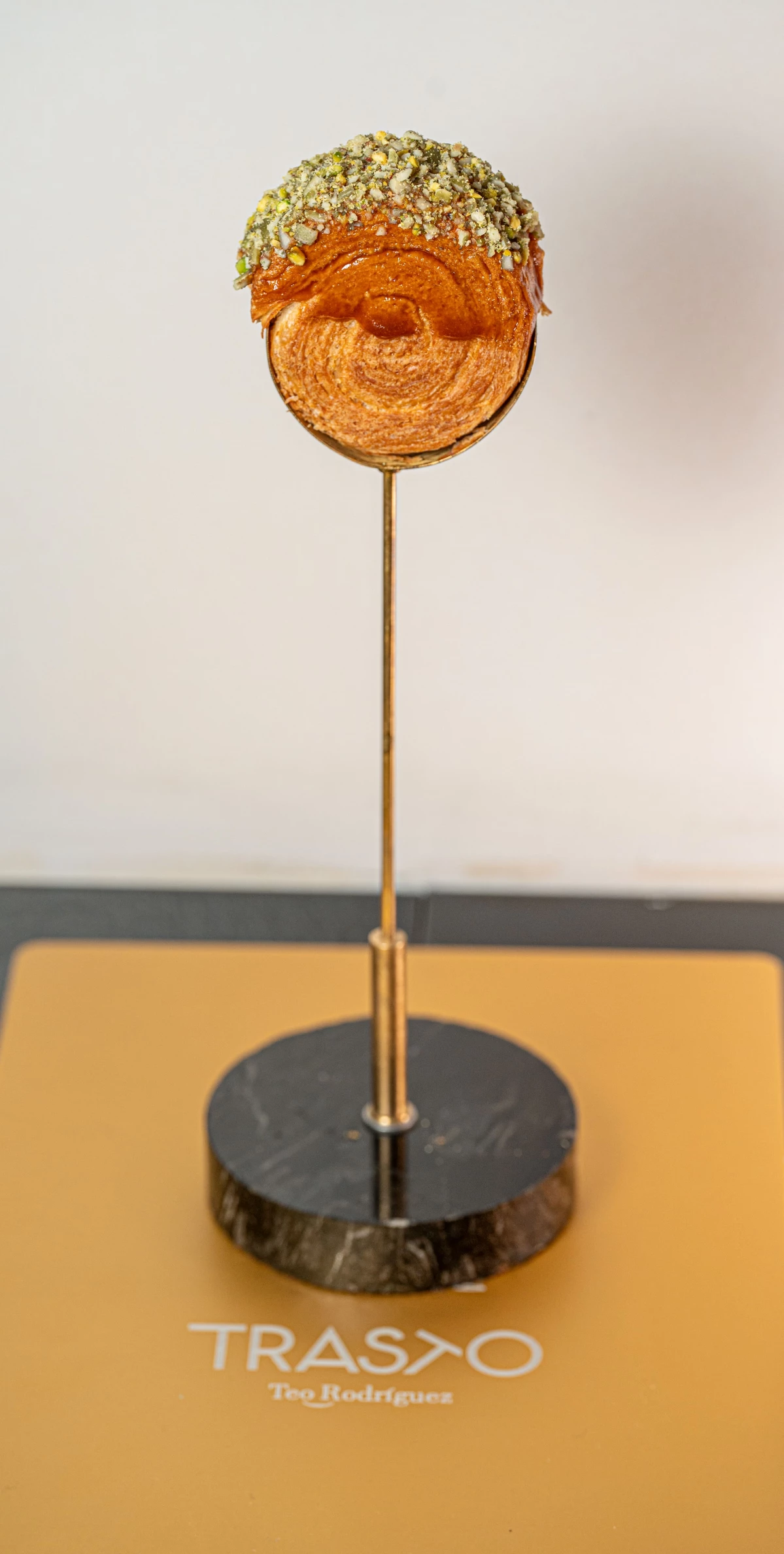

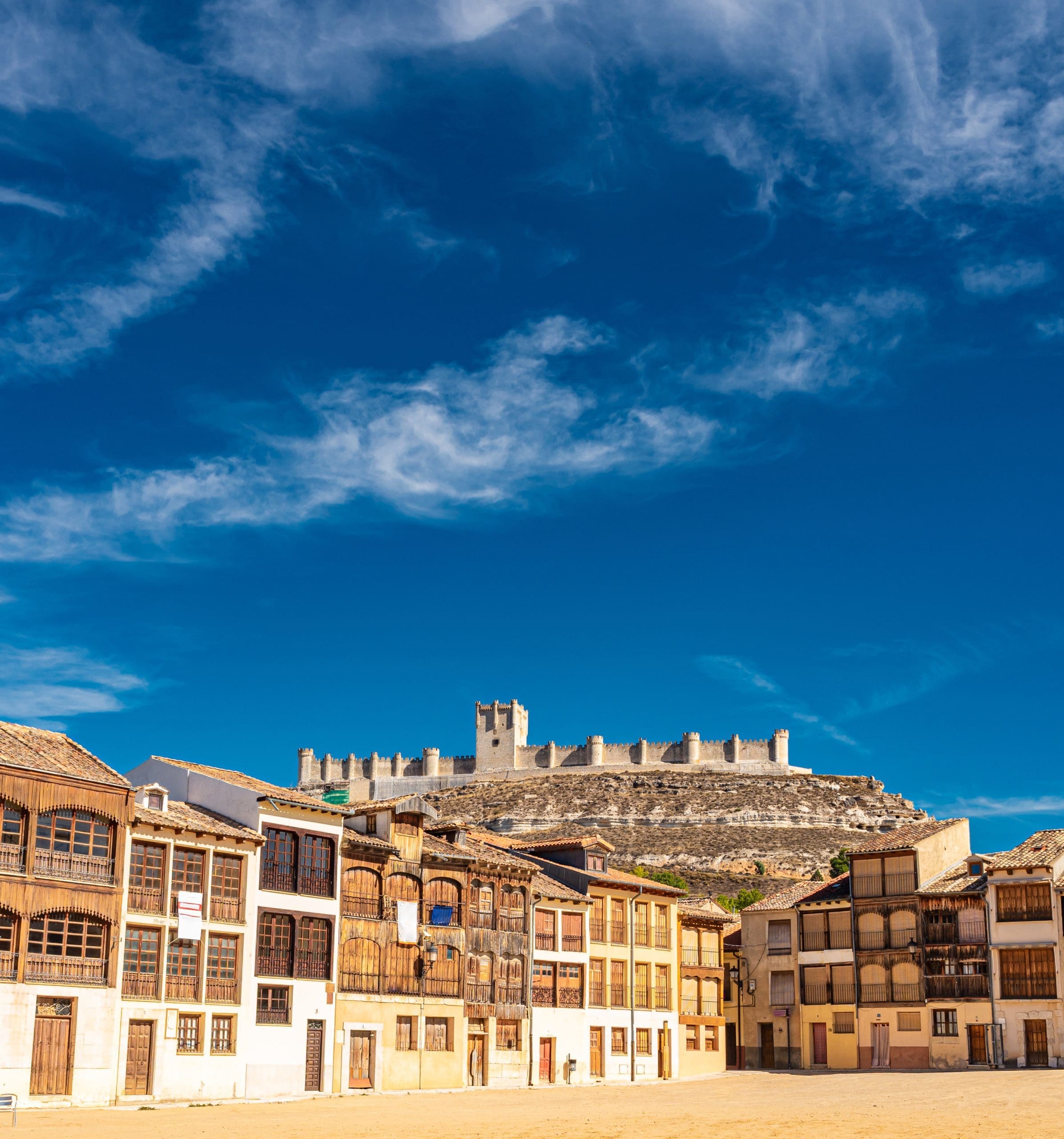
The top 10 of Valladolid
La Plaza Mayor
The first porticoed square in Spain and the social heart of Valladolid
The Plaza Mayor of Valladolid is one of the city’s most emblematic urban spaces and a reference in Spanish urban planning. It was the first regular, porticoed square in Spain after its reconstruction in the 16th century, serving as a model for others like those in Madrid or Salamanca. Today, it is the social heart of the city, surrounded by bars, shops, and cultural events that bring it to life daily.
The Cathedral
An unfinished cathedral with spectacular views and Herrerian art
The Catedral de Nuestra Señora de la Asunción (Cathedral of Our Lady of the Assumption), also known as the unfinished cathedral, is the work of architect Juan de Herrera, who also designed El Escorial. Although unfinished, its imposing façade and Herreraesque structure reveal the ambition of the original project. Insid, it houses the Diocesan Museum and offers visits to its tower, from where there are privileged views of the city.
San Pablo Church
Elizabethan Gothic at its finest and the setting for kings
The Church of San Pablo is a gem of Elizabethan Gothic architecture and one of Valladolid’s visual icons. Its spectacular façade, a true stone altarpiece, the church is filled with sculptural details that fascinate visitors. Felipe II was baptized here, and royal court events took place when Valladolid was the kingdom’s capital. It is part of the historic surroundings of the Royal Palace and the Colegio de San Gregorio.
Santa María de la Antigua Church
Romanesque and Gothic styles come together in one of the city’s most beloved symbols
With its characteristic Romanesque bell tower and elegant Gothic apse, the Church of Antigua is one of Valladolid’s most beloved and photogenic temples. It stands on the remains of an ancient Romanesque temple, and its slender silhouette is a symbol of the city. Its fusion of styles reflects the historical evolution of religious art in Castile.
National Sculpture Museum
Spanish sacred art shines in an exceptional Renaissance setting
Located in the majestic Colegio de San Gregorio, the National Sculpture Museum houses one of the most important collections of polychrome sculpture in Europe. Masterpieces by artists such as Gregorio Fernández, Juan de Juni, and Alonso Berruguete transport visitors to the splendor of sacred Renaissance and Baroque art. An essential museum for understanding the artistic identity of Valladolid and Spain.
University of Valladolid
Wisdom with centuries of history and an imposing Baroque façade
One of the oldest universities in Europe, founded in the 13th century, it has been a source of knowledge and thought for centuries. Its Baroque façade, located in the University Plaza, is one of the finest examples of academic art in Spain. Today, the university remains a cultural and scientific engine, bringing life to the city with its young and cosmopolitan atmosphere.
Campo Grande
Romantic nature in the green lung of the city center
Campo Grande is Valladolid’s great green lung. This 19th-century romantic garden is perfect for walking, resting, or discovering its rich flora and fauna, including magnificent peacocks. With ponds, sculptures, shaded paths, and charming corners, it is a natural oasis ideal for families, athletes, and lovers of tranquility right in the city center.
Pinchos Around the City
Capital of creative tapas: every bite, a work of art
The city is famous for its high-quality gastronomy in small format, where tradition and innovation go hand in hand. Bars and gastrobars in the center compete annually in the prestigious National and International Pinchos and Tapas Competition, making Valladolid a benchmark for miniature cuisine. Every bite showcases local culinary talent.
Ribera del Duero
World-renowned wine just minutes from the city
A few kilometres from Valladolid lies one of the most prestigious designations of origin in Spain: Ribera del Duero. Known for its powerful and elegant reds, some of them have achieved Parker scores above 95 points, ranking among the best in the world. Wineries such as Vega Sicilia, an international icon; Dominio de Pingus, with cult wines like Pingus and Flor de Pingus; Aalto, Emilio Moro, and Abadía Retuerta are just some examples of the enological excellence of this land.
Surroundings of Valladolid
A land of castles, queens, and heritage waiting to be discovered
Beyond the capital, Valladolid province offers rich historical, natural, and cultural heritage that deserves to be explored: Tordesillas, with its imposing monastery and the legacy of the Treatry that changed the world; Medina del Campo, with its spectacular La Mota castle and its history linked to Isabel la Católica, or Peñafiel, which combines its castle-viewpoint with the Wine Museum, are just a few of the must-see stops.
“Valladolid is a royal city, and many memorable things have happened here”
— Miguel de Cervantes, who lived in Valladolid between 1604 and 1606
Related tours
A selection of
the most uniques places
Discover, enjoy and live memorable experiences with us
Want to find
out even more?
CHECK OUT OUR ARTICLES

